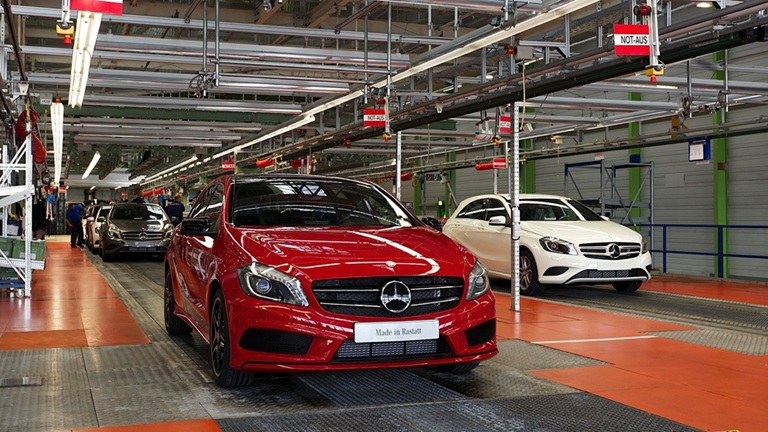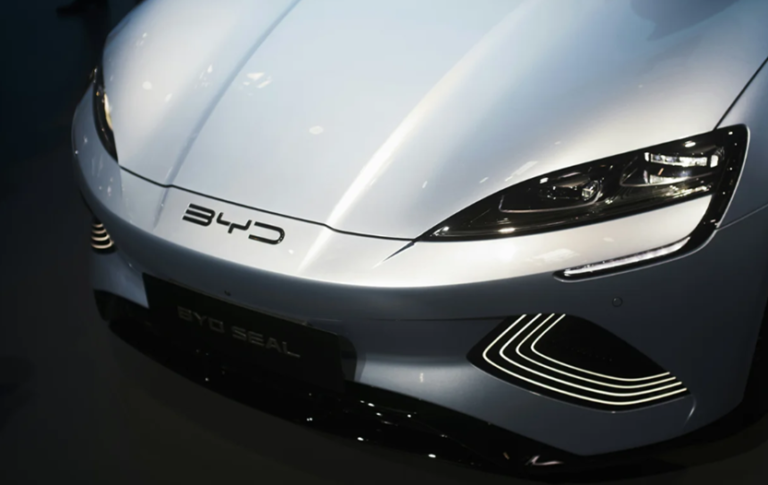The United States’ restrictions on China’s technology giant, Huawei, have been a focal point of international scrutiny and geopolitical tension. These restrictions, which include sanctions and trade bans, have significantly impacted Huawei’s global operations and its quest to remain a dominant player in the technology arena.
Huawei, a major competitor to Apple in the smartphone market and a leading global provider of telecoms infrastructure, aims to demonstrate its resilience in the face of U.S. efforts to hinder its progress.
The company recently unveiled a range of new devices, including tablets, smartwatches, and earphones, supported by its proprietary wireless technology called “NearLink,” initially known as “Greentooth.” NearLink combines the advantages of both Bluetooth and Wi-Fi, offering low-power, lightweight connectivity similar to Bluetooth and high-speed, large transmission capabilities like Wi-Fi, adapting to different usage scenarios.
Against the backdrop of increasing U.S. restrictions, China is intensifying its push for self-sufficiency in critical technologies, with support from figures like Chinese Premier Li Qiang, who encourages companies like Huawei to excel internationally through technological advancements. Developing wireless communication technologies like Bluetooth and Wi-Fi requires expertise in various areas, including signal processing, wireless communication protocols, and software development.
Apple has invested billions of dollars and several years attempting to create its own wireless chip, but it hasn’t been successful. As a result, the latest iPhone still relies on Qualcomm for this critical component.
Huawei holds an extensive portfolio of patents covering crucial phone data transmission technologies. To access high-speed networks, smartphone manufacturers must either obtain licenses from or engage in cross-licensing agreements with companies like Qualcomm and Huawei.
Between June 2021 and May 2023, Huawei ranked second only to Qualcomm in the number of wireless communication network technology patents it published, surpassing third-placed Ericsson by over 8,000 patents, according to a recent ranking from IPR Daily, a China-based media outlet specializing in intellectual property. Notably, Ericsson, the inventor of Bluetooth, now operates under the Bluetooth Special Interest Group (Bluetooth SIG), the organization that licenses this technology to manufacturers.
Huawei faced access restrictions to various major global technology associations due to U.S. sanctions. This limited access could potentially affect the functionality of Huawei’s devices, including phones, tablets, and laptops, particularly concerning critical features like Bluetooth and Wi-Fi.
In a 2021 interview with Chinese media, Huawei executive Wang Jun revealed that, despite being reinstated, the company opted to develop its proprietary technology. During this period, the Bluetooth SIG chose not to comment on issues related to the status of its members. Simultaneously, the Wi-Fi Alliance confirmed its compliance with the U.S. Commerce Department’s order by limiting Huawei’s involvement in specific activities but did not terminate its membership.
Huawei has introduced NearLink, a technology that boasts several advantages over Bluetooth. It consumes less than half the power, achieves six times faster data transfer speeds, experiences 1/30th the latency (the time data takes to travel between points), and supports ten times the number of devices within a network.
Introduced in December 2021, NearLink technology initially targeted automotive applications. However, in August, Richard Yu, the head of Huawei’s consumer business, revealed its incorporation into their self-developed operating system for consumer devices. During his presentation, the familiar Bluetooth and Wi-Fi icons that usually appear on smartphones converged into a single green “NearLink” icon on the screen behind him.
During a recent announcement, Yu highlighted the versatile applications of NearLink technology in various sectors, including consumer electronics, electric vehicles, and industrial manufacturing. This technology plays a crucial role in connecting Huawei’s proprietary ecosystem, especially as the company faces challenges sourcing advanced chips due to sanctions.
However, Yu did not unveil the latest high-speed handsets during the presentation, mentioning that the company is exerting additional efforts to meet the high demand.
In a recent hearing of the House Science, Space and Technology Committee, U.S. Commerce Secretary Gina Raimondo expressed her concerns about Huawei’s new smartphones but noted that there was no evidence to suggest the company’s ability to produce devices with advanced chips.
According to a report from TechInsights, Semiconductor Manufacturing International (SMIC), China’s largest contract chip manufacturer, produced the core chip for the device in question. Additionally, the device featured memory components from South Korea’s SK Hynix.
China’s ascent in the technology sector is closely intertwined with its global ambitions, as it seeks to leverage technological advancements to expand its geopolitical influence. One notable example is Beidou, China’s alternative to the U.S. Global Positioning System (GPS). China has also established its own domestic standards for chip design, while global chip industry leaders have formed coalitions to advance chip technologies.
In September 2020, China created an alliance dedicated to developing its short-range wireless technologies, which now comprises over 300 companies and institutions, primarily domestic entities. This alliance includes state-owned telecom carriers, as well as manufacturers of smart devices and automobiles such as Huawei, Oppo, and BYD.
Despite challenges, Huawei retains its status as the world’s largest telecom equipment seller. It commands approximately one-third of the global market, with sales roughly double those of its closest competitors, Nokia and Ericsson.
(Source: Yang Jie | Newley Purnell | WSJ)









